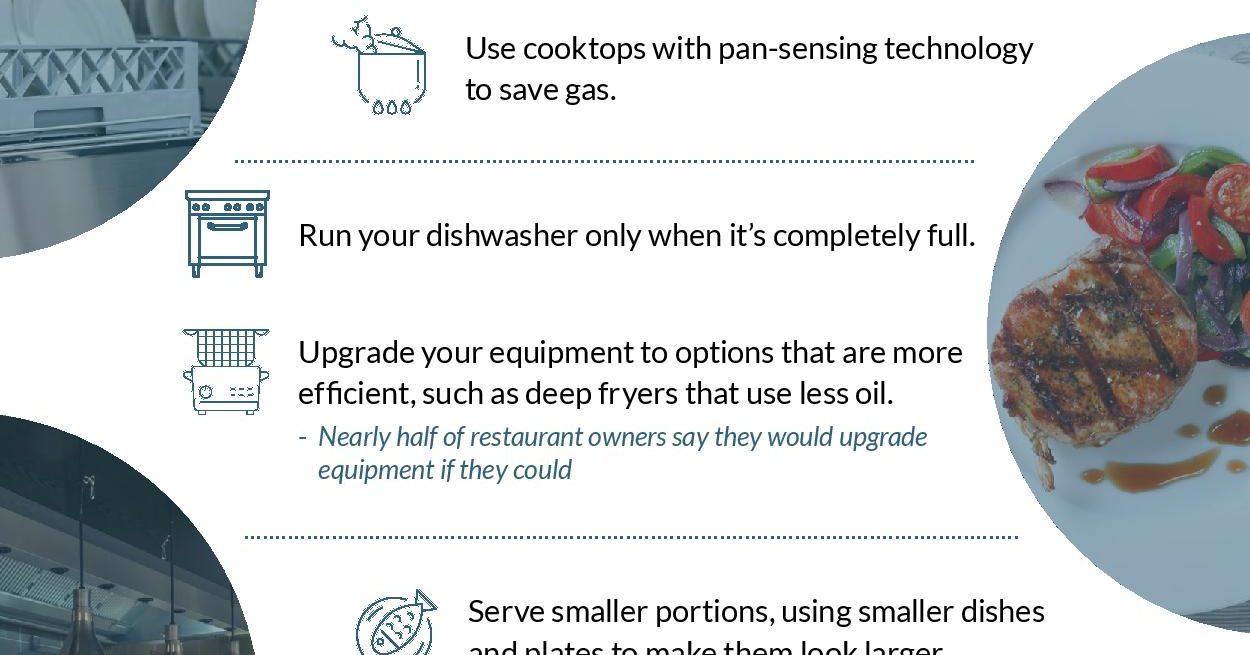Improve Your Restaurant’s Profit Margins by Cutting Your Kitchen Costs (Infographic)
2 Min Read By Trinity Hall
Running a restaurant can be a rewarding and demanding career. To have a successful restaurant, the owner or manager must be skilled at managing both front-of-house and back-of-house functions. That means juggling everything from hiring and managing staff; deciding on your menu and any day-to-day changes; ordering food, beverages, dishes and other kitchen and dining room essentials; to handling to-go and pick-up orders, among other tasks. With all these responsibilities, it can be a struggle to maintain profitability.
If your restaurant is facing lower profit margins, you’re not alone. Thanks in part to the COVID-19 pandemic, restaurants across the board are facing a drop in profits. In fact, 86 percent of restaurants identified lower profit margins as one of the primary challenges they dealt with in 2020, while more than half identified high operation costs as a primary challenge.
To help increase these profit margins, restaurant owners sometimes focus more on changes they can…
Sorry, You've Reached Your Article Limit.
Register for free with our site to get unlimited articles.
Already registered? Sign in!

